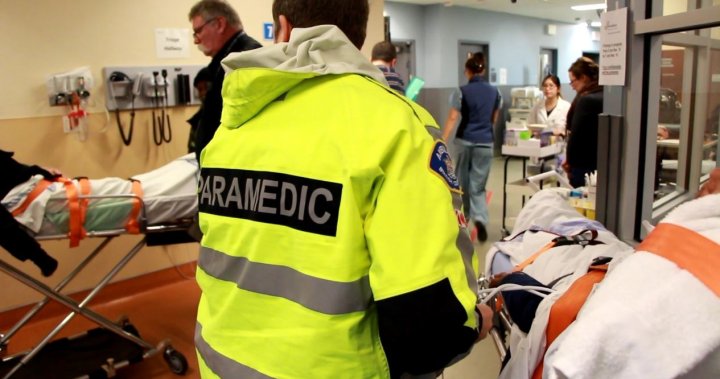The fragile hope that British Columbia’s toxic drug crisis might be turning a corner was dealt a sobering blow this week, as provincial health officials revealed a troubling reversal in overdose fatalities for April 2024. Following several months of gradual decline, the province recorded 189 deaths attributed to toxic unregulated drugs – representing a 13% increase from March figures and casting a shadow over recent progress in combating this devastating public health emergency.
“We’re witnessing the persistent volatility of this crisis,” said Dr. Eleanor Markham, addiction medicine specialist at Vancouver General Hospital. “Just when indicators suggest improvement, the toxic supply adapts and we see these distressing surges in mortality.”
The latest statistics from the BC Coroners Service indicate that fentanyl was detected in approximately 85% of these fatalities, often combined with other substances that amplify its lethal potential. Most concerning to health authorities is the increasing prevalence of benzodiazepines and carfentanil – an opioid estimated to be 100 times more potent than fentanyl – in toxicology reports.
Vancouver’s Downtown Eastside continues to bear the heaviest burden, though the crisis has extended its reach well beyond urban centers. Northern communities reported a 17% increase in fatalities compared to the same period last year, highlighting the province-wide nature of this emergency. According to Canada News, rural areas face additional challenges due to limited access to harm reduction services and treatment options.
“This isn’t just an urban problem anymore,” explained Sarah Chen, coordinator for the Northern Harm Reduction Network. “We’re seeing devastating impacts across smaller communities where resources are stretched impossibly thin.”
Provincial health authorities have intensified calls for expanded access to safe supply initiatives and supervised consumption sites. The BC Centre for Disease Control estimates that such harm reduction measures prevented approximately 1,600 potential overdose deaths in the past year alone, though critics maintain these approaches fail to address underlying addiction issues.
The provincial government recently allocated an additional $45 million toward treatment and recovery services, aiming to create 175 new publicly funded treatment beds by year’s end. However, advocates argue that the magnitude of the crisis demands more immediate and comprehensive action.
“While we continue building treatment capacity, we need urgent measures to prevent deaths happening right now,” said Dr. Thomas Kerr, professor at UBC’s Department of Medicine. “The toxicity of the drug supply has reached unprecedented levels, and our response must match this reality.”
The surge in fatalities has reignited debate regarding federal drug policy reform. As reported by CO24 Politics, British Columbia’s three-year decriminalization pilot project, which removed criminal penalties for possession of small amounts of certain drugs, reaches its midway point amid intensifying scrutiny from both supporters and detractors.
Communities most affected by the crisis continue developing grassroots responses. Indigenous-led healing initiatives have shown particular promise, integrating cultural practices with contemporary treatment approaches. However, these programs often struggle with sustainable funding and integration into the broader healthcare system.
“Traditional healing practices combined with medical support offer powerful pathways to recovery,” explained Elder Robert Wilson, who coordinates healing circles in Vancouver. “But these approaches need consistent support and recognition within our healthcare framework.”
As British Columbia grapples with this latest setback, health officials emphasize that behind each statistic lies a profound human tragedy. The average age of those lost to toxic drugs in April was 44, with men accounting for approximately 76% of fatalities. Many victims had histories of pain management challenges, mental health conditions, or previous non-fatal overdoses.
As summer approaches, authorities express concern about seasonal patterns that have historically shown increased risk during warmer months. Enhanced public awareness campaigns, expanded naloxone distribution, and targeted outreach to vulnerable populations are being prioritized in anticipation of these trends.
What remains clear amidst the statistics and policy debates is the devastating human cost of this ongoing crisis. How many more British Columbians must be lost before we achieve a comprehensive approach that effectively balances harm reduction, treatment accessibility, and addressing the fundamental drivers of substance use disorders?


















